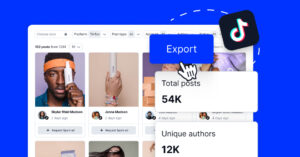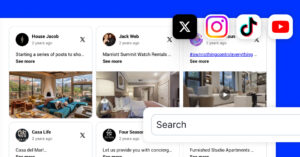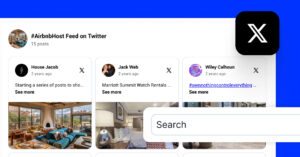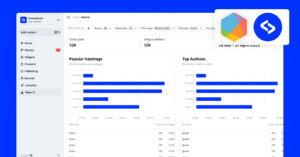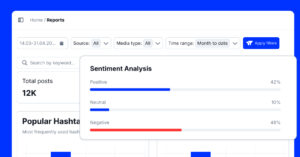Segmentazione del pubblico significa raggruppare il pubblico in base a caratteristiche condivise, in modo da poter inviare messaggi più mirati e pertinenti.
Che cos'è la segmentazione del pubblico?
La segmentazione del pubblico è il processo di dividere un pubblico più ampio in gruppi più piccoli e definiti in base a caratteristiche comuni. Questi gruppi, chiamati segmenti, possono essere basati su dati demografici, comportamenti, interessi o livelli di impegno.
Definizione di "segmentazione del pubblico
La segmentazione aiuta gli addetti al marketing a personalizzare la messaggistica, a migliorare il targeting e a offrire esperienze più personalizzate.
Come segmentare il pubblico
Esistono diversi modi per segmentare il pubblico a seconda degli obiettivi:
- Demografico - Età, sesso, reddito o istruzione;
- Comportamento - Acquisti passati, abitudini di navigazione, attività di revisione;
- Geografico - Luogo o lingua;
- Psicografia - Valori, stile di vita e preferenze;
- Basato sul coinvolgimento - Frequenza di recensioni, like, condivisioni o clic.
Con EmbedSocialI marchi possono segmentare il pubblico in base al comportamento all'interno della piattaforma, ad esempio chi recensisce spesso, chi risponde positivamente o chi proviene da un luogo specifico. In questo modo è più facile personalizzare i widget di social proof, le campagne e-mail e la programmazione dei post.
Come si usa la segmentazione del pubblico nel marketing digitale?
I marchi utilizzano la segmentazione per:
- Personalizzate le campagne e-mail in base al comportamento dei clienti;
- Creare annunci sociali mirati per le diverse località;
- Progettare consigli sui prodotti in base agli acquisti effettuati in passato;
- Creare contenuti dinamici del sito web su misura per gli utenti che ritornano.
Perché è importante la segmentazione del pubblico?
- Migliore impegno - I contenuti mirati hanno maggiore risonanza su gruppi segmentati;
- ROI più elevato - Spesa pubblicitaria efficiente e meno impressioni sprecate;
- Miglioramento dell'esperienza del cliente - La messaggistica pertinente aumenta la fiducia e la fedeltà;
- Decisioni più intelligenti - I segmenti basati sui dati aiutano a identificare i mercati non serviti o le opportunità di upsell.
La segmentazione dell'audience è fondamentale per il marketing moderno: consente il tipo di personalizzazione che i consumatori di oggi si aspettano.


